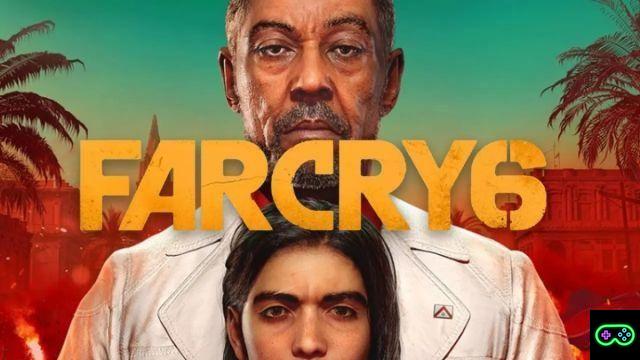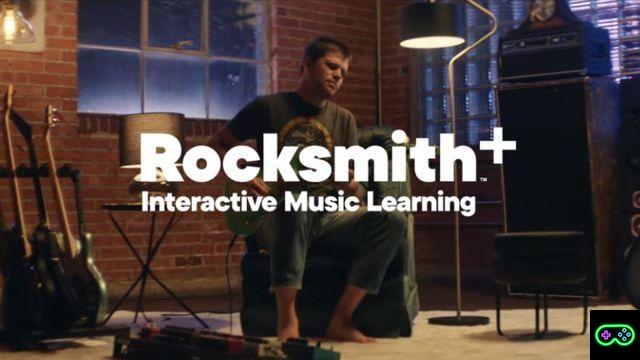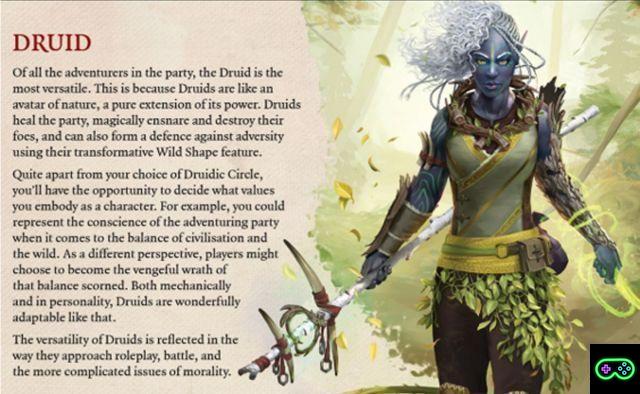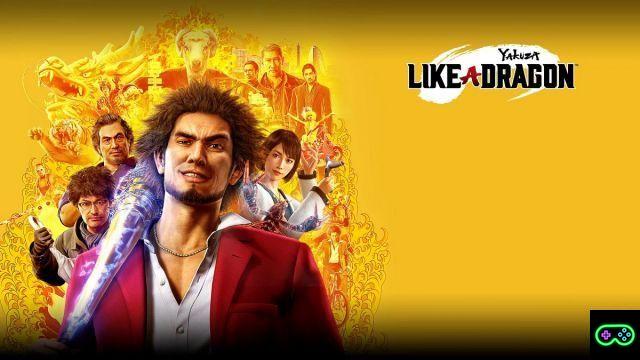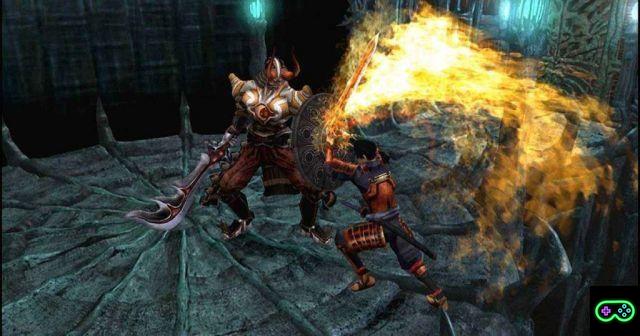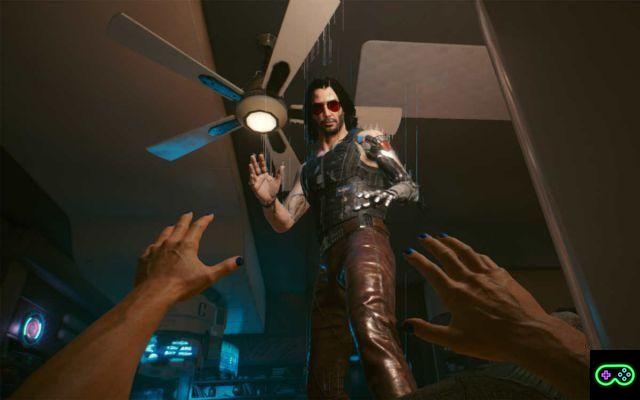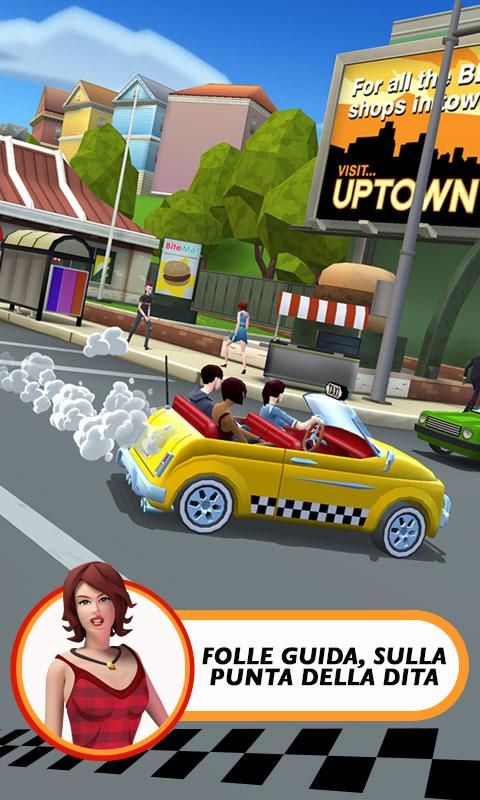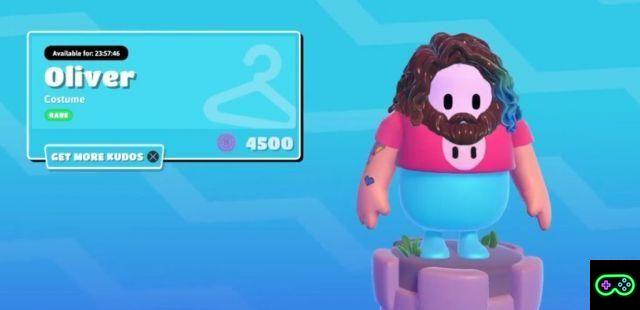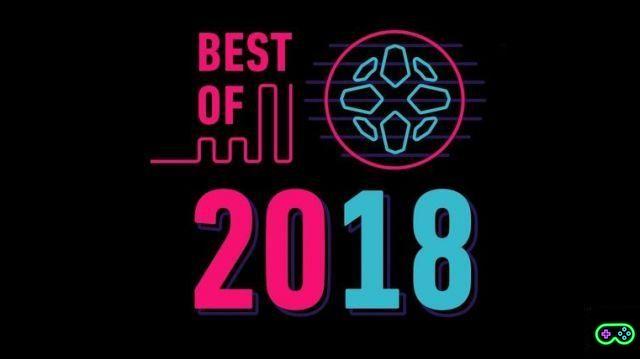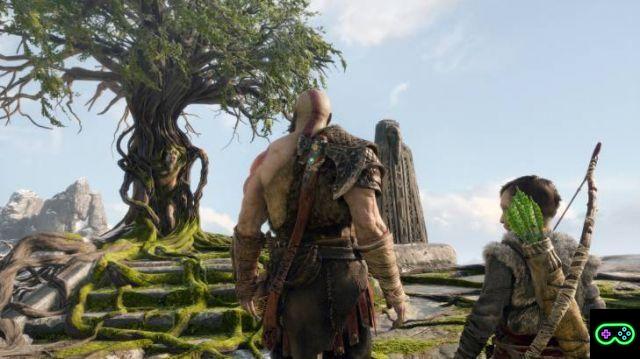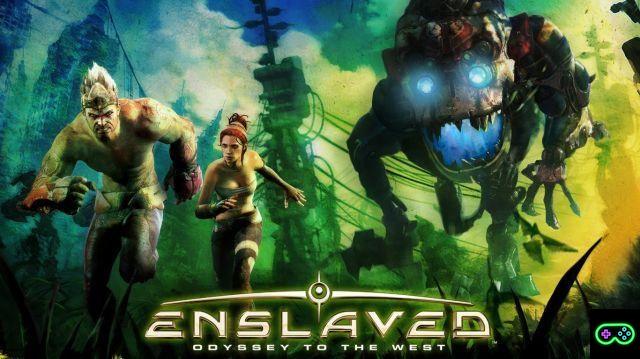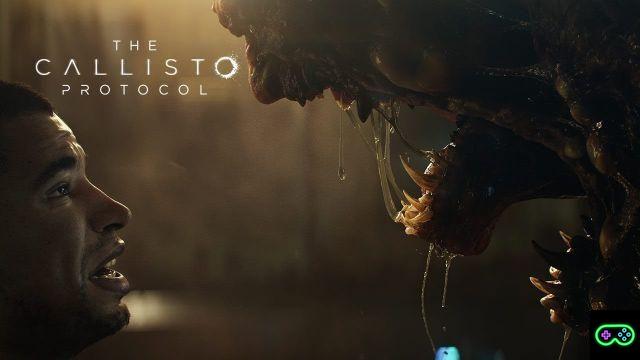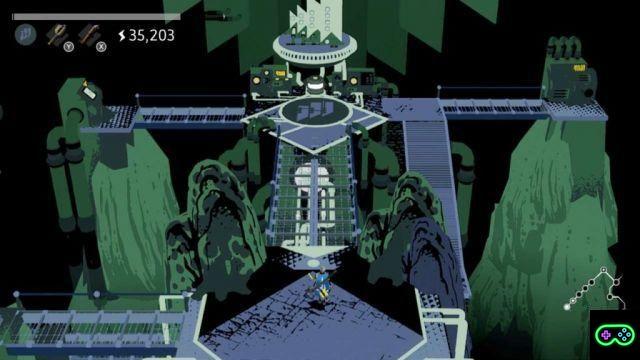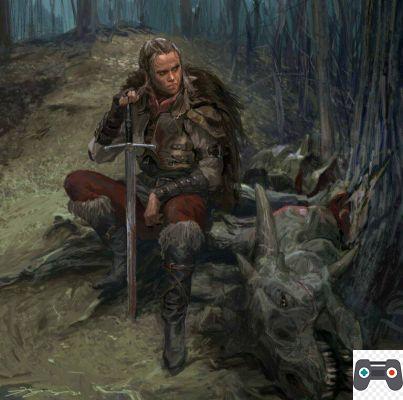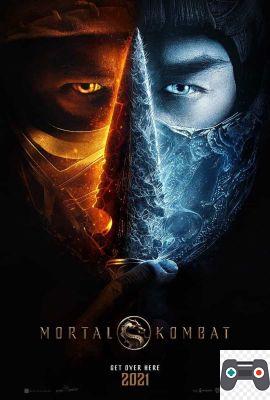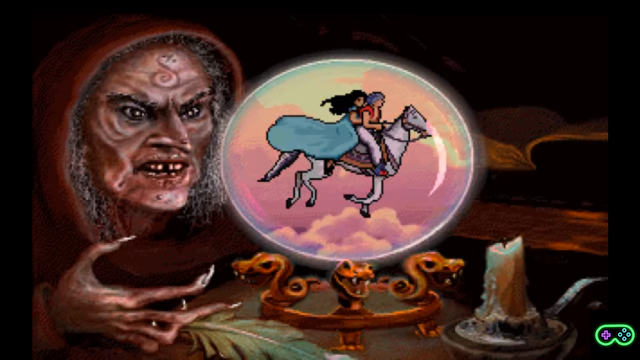There is a "new" technology out there called "NFT", which rose to prominence a few days ago after a collective burned a Banksy work.
To make you understand what happened, we need to dig a bit and illustrate the theft of intellectual property that took place against the creators of Virtuaverse, but let's go into points:
What are NFTs?
NFTs are "Non-fungible tokens", a technology that consists of a digital signature with a verified identity blockchain linked to their own works of art; it is not interchangeable and can be created after uploading a file that will receive a unique hash.
The certification takes place via blockchain, the date and the id based on your initial token.
Okay, so it seems like a supercazzola, but for many it is the future: through this technology, digital artists can register their works and certify their authorship quite safely, obviously as every new technology also has its cons, for example. the theft of intellectual property.
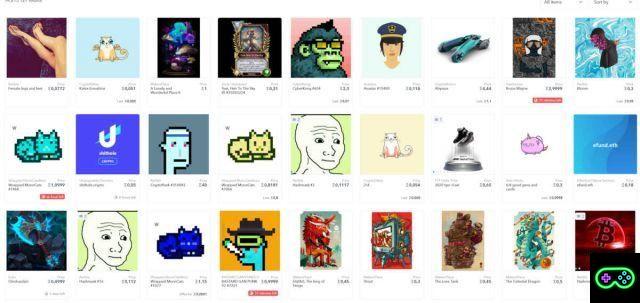
The Virtuaverse case
In the editorial office some of us have become very familiar with the Virtuaverse developers, they are two Spanish guys and a foreign artist who have set their sights on creating an old school point and click graphic adventure in 2020-2021 (ed succeeding great).
The lead artist behind the project is a big guy who has a terrific resume, his name is Valenberg and he created the animations behind the videos of Perturbator and many artists, he also put his signature on the entire style of the title in question.
His artworks are simply pure 8bit art and immediately attracted fanmade and scoundrels ready to sell them as their own. On the other hand, it was a matter of time: on one of these NFT technology sites two sellers appeared who put the artworks up for sale, the platform without the slightest control accepted good leverage and we can observe from the screen that the artworks were already sold and traded several times:
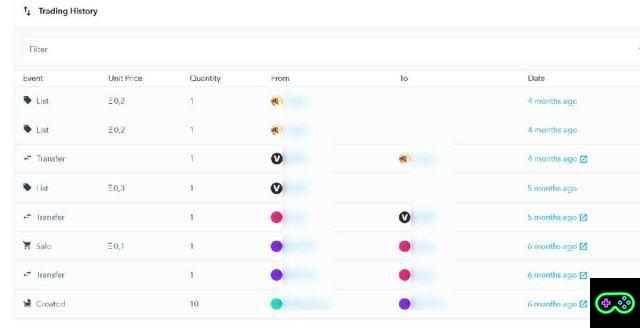
From this screen instead we can see one of the stolen artwork, a high resolution gif of the game sold for gold:
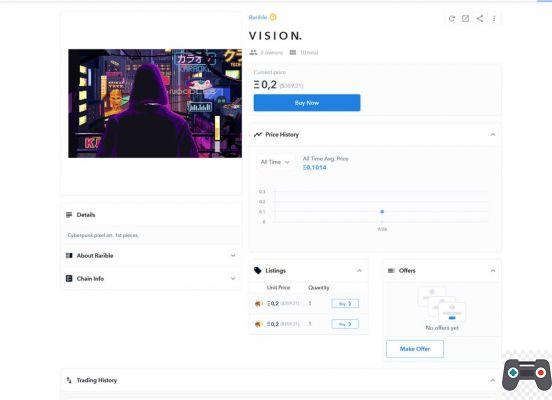
I do not put the link to the site in question since the platform after several reports is about to throw down the page (and they do not deserve publicity in my opinion), but the damage is done and the case is more serious than it seems. Think of the worst-case scenarios for the future of digital art.
NFT, the evil?
To get some idea of your own I prefer to leave you some sources on very interesting articles / thoughts and then give you mine:
- “Greed and Misery” according to Ceccotti
- "Whose art is this?"
- No, cryptoartists are not harming the planet - food for thought on the ecological impact of Blockchains, especially NFTs
- The Banksy case (cited at the beginning of the article with BBC source)
- THEY ALSO SELL TWEETS ...
I have left you some sources and ideas for an open dialogue, the time has come to reflect: do we want this to be the future of art?
Currently in our era freebooting is in force: entire communities have grown thanks to the looting of other people's content, influencers who have fame, money and success through videos downloaded and shared as their own, entire companies even use audio samples with watermarks ("audiojungle") in their video in order not to pay those € 4-5.
The same is true of art, I am not an outsider: I have been taking photographs for more than ten years and I have had dozens of copyright infringement problems, they have stolen photos so many times that I have lost count, yet I would never dream of entrusting my art to a blockchain system; first of all for a practical factor, I already have tools that protect my copyright and - at least “against the big names” - they work, secondly I'm seriously scared, if they steal my hard drive after a service and sell my art? What could I do to prove it? How could I protect myself?
The same reasoning applies to digital artists who perhaps share their works on social networks to make themselves known and indirectly enrich THIEVES who, without any control, will be able to take possession of their works, perhaps leaving them inconvenient.
The questions are many and I have no solutions in hand, from this story we only understood that there is an artist who has seen his work stolen which was sold for a lot of money without receiving a minimum of protection or remuneration.
To you the ruling, I would like to discuss it on our Telegram group, make your voice heard and warn your friends about this technology of lo dimonio.




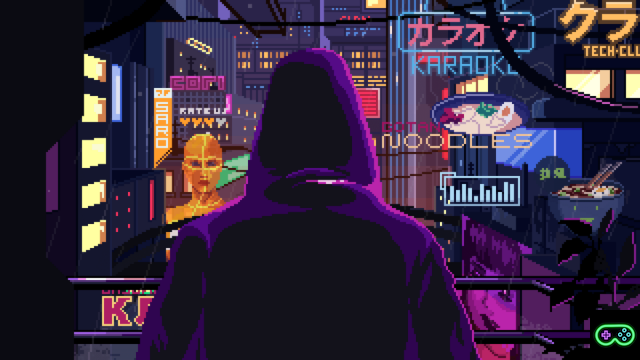


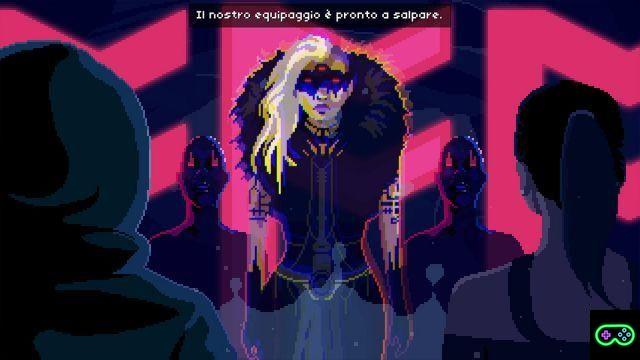
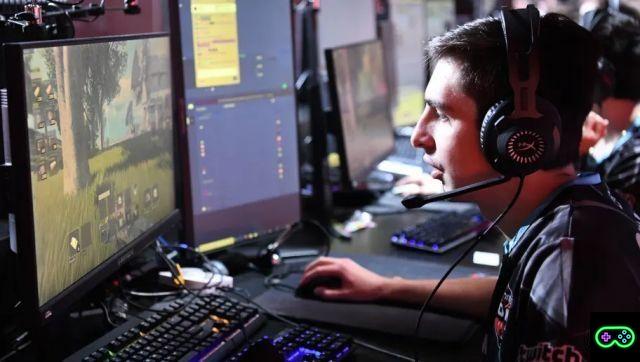
![[The Bear's Lair] God of War: Betrayal and Greek mythology](/images/posts/17432d3b12ecfec44b0b855d20c7520f-0.jpg)
